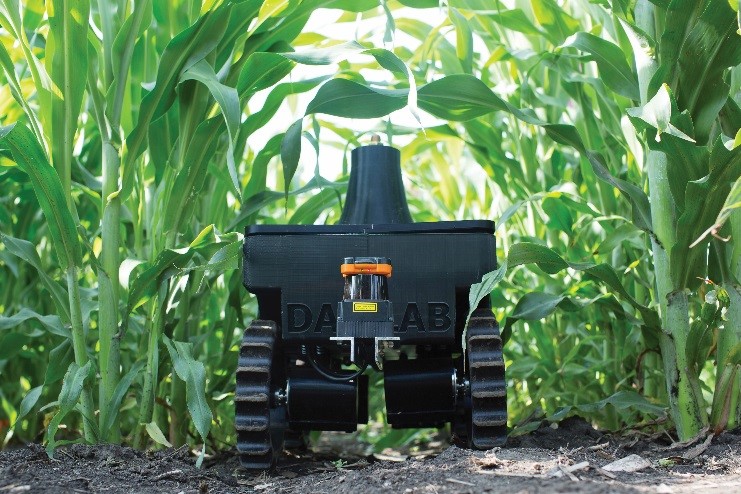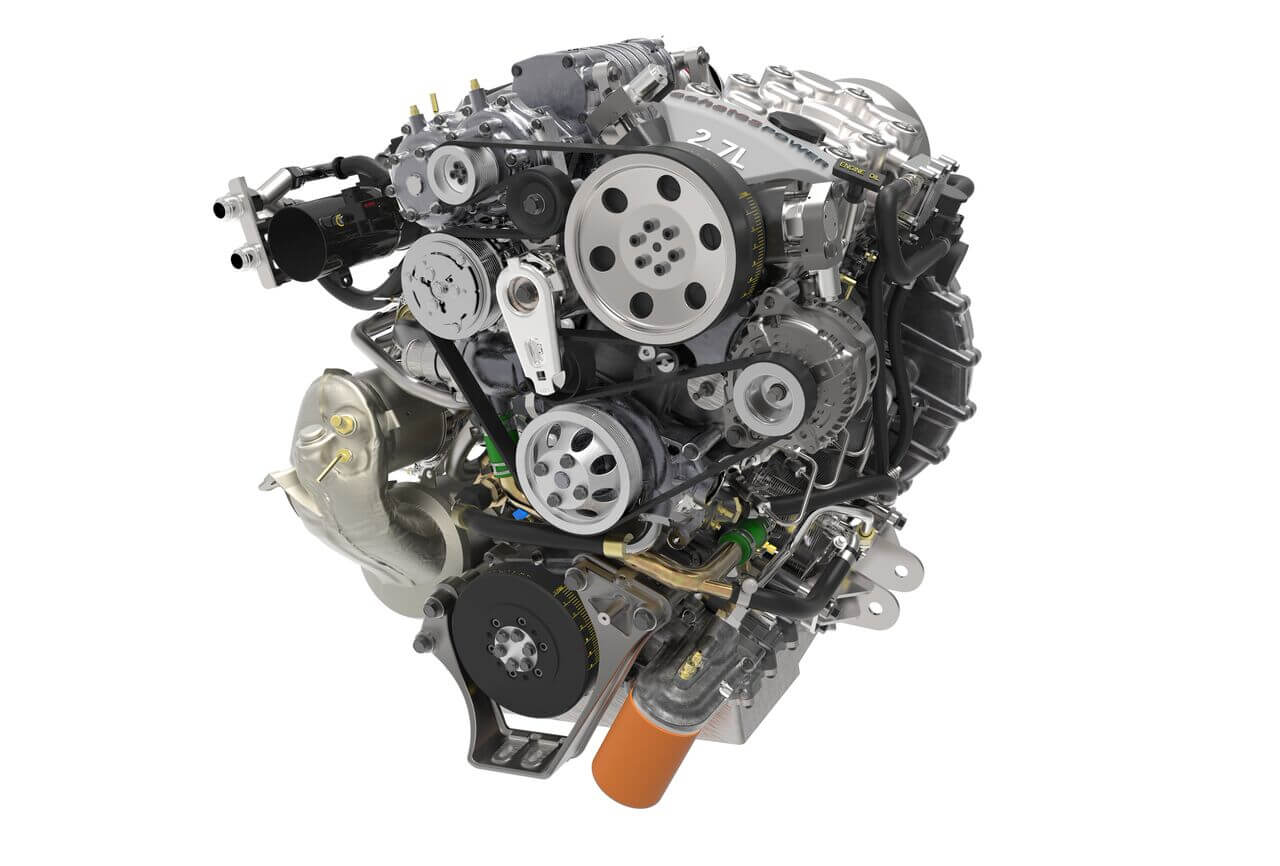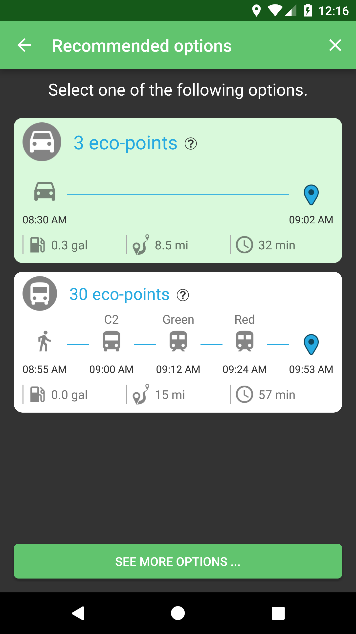
Three Technologies to Think About on your Commute: Improving the Future of Transportation
Is your gas light on again?
ARPA-E’s Achates Power, Inc. team is working with Argonne National Laboratory and Delphi Powertrain to develop innovative technologies to improve gasoline efficiency in automobiles.

Under its OPEN 2015 Award, the Achates team has successfully designed a new engine that is 30-50% more efficient than conventional gasoline engines without raising the engine’s cost. The team integrated a gas compression ignition (GCI) strategy with an opposed piston (OP) engine architecture. The OP engine design offers efficiency improvements as it reduces heat transfer and eliminates the valve train, while GCI has the high-efficiency benefits of a compression ignition diesel engine, but uses gasoline to reduce emissions. The resulting engine is a 2.7 liter with a 270 horsepower rating with initial results showing thermal efficiencies between 45-50%.
When integrated with current vehicle hybridization technologies, the OP-GCI engine could be the most efficient, liquid-fuel driven powertrain.
How do you commute?
Do you use a navigation app to find the quickest route? Do you use a public transit app to see if the bus or the train is running on time? The University of Maryland TRANSNET team is developing incenTrip – a multimodal transportation app that utilizes real-time and archived data to simulate traffic, model travel behavior, and individually incentivize users to travel in a way that improves the overall efficiency of the transportation network.
Commuter Connections, a regional network of transportation organizations and more than 20,000 commuters, has already deployed incenTrip to incentivize energy-smart travel in the Baltimore-Washington metro area.
UMD’s technology could mean that when commuters are deciding the best way to get around, they can be sure they are making an energy-conscious and efficient decision.


Ever wonder about the potential of biofuels?
ARPA-E’s TERRA program could transform the future of transportation fuels by accelerating improvements in advanced bioenergy crops for biofuels. The University of Illinois at Urbana-Campaign (UIUC) created a system to improve breeding for sorghum, a bioenergy crop.

Sorghum plants have high biomass-yield potential, drought tolerance, and a sequenced genome. Advanced phenotyping (i.e. identifying and measuring plant characteristics to inform plant breeding) could build upon these valuable attributes. The UIUC team developed two types of ground-based robots and associated analytics software to collect and analyze plant data. From there, the team created a biophysical model that can predict the end-of-season performance of individual plants based on early season observations with over 80% accuracy. UIUC’s smaller robot, TerraSentia, is already available to industry, academia, and other organizations for $5,000.
High-quality markers allow researchers to determine the best crosses to make promising varieties and plants with the highest yield potential. These low-cost robots and sophisticated algorithms could lead to more productive, sustainable, and resilient bioenergy crops, helping to improve American energy security.
To hear about more ARPA-E projects and their stories, check out the newly released ARPA-E Impacts: A Sampling of Project Outcomes, Volume III.
